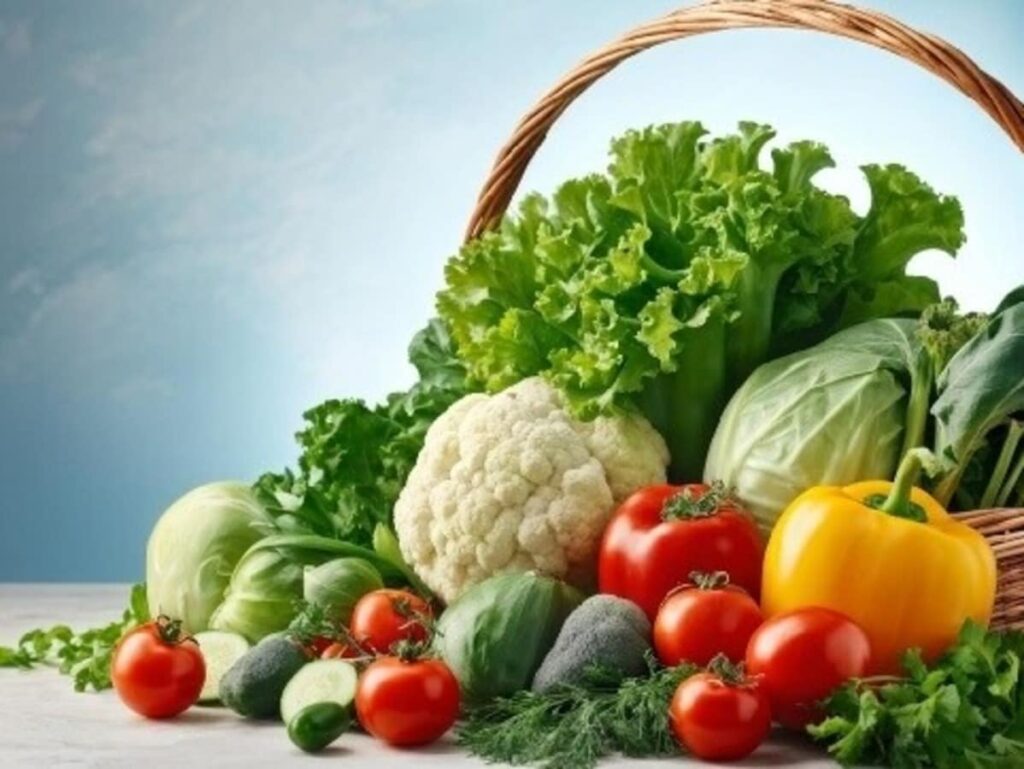Buying fresh vegetables can often be a daunting task, especially with the variety available in markets. If you’re unsure how to identify quality produce, following specific tips can streamline the process and ensure you’re making the best choices. This guide will provide you with essential tips for selecting fresh vegetables, especially during the summer months, when the abundance of seasonal produce offers both challenges and opportunities.
Understanding Vegetable Freshness
Fresh vegetables not only taste better, but they also retain more nutrients. The appearance, smell, and feel of vegetables are key indicators of their freshness. Here are a few essential characteristics to look for:
Visual Inspection
- Color: Look for vibrant colors that indicate ripeness. Vegetables should have consistent color without any browning.
- Surface: Fresh vegetables should have a firm texture. Avoid those with wrinkles, bruises, or soft spots.
- Leaves: For leafy greens, check that the leaves are crisp and not wilted or yellowing.
Smell and Touch
- Smell: Fresh vegetables often emit a clean, earthy scent. A sour or off-odor might indicate spoilage.
- Texture: Press your finger gently on the vegetable; it should spring back. If it feels mushy, it’s likely past its prime.
Seasonal Considerations for Summer Purchases
Summer brings a variety of fresh vegetables to the market. Knowing what’s in season can help you make better choices. Below is a table showcasing popular summer vegetables and tips for selecting them:
| Vegetable | Buying Tips |
|---|---|
| Tomatoes | Choose firm tomatoes with a rich color and a slightly fragrant aroma. Avoid overly soft or blemished ones. |
| Cucumbers | Select cucumbers that are smooth and dark green. They should be firm and free of soft spots. |
| Bell Peppers | Look for shiny, firm peppers. Avoid those with wrinkled skin or dark spots. |
| Zucchini | Choose zucchinis that are small to medium-sized, firm, and glossy. Avoid those with bumps or blemishes. |
Storage Tips for Freshness
Once you’ve selected your vegetables, proper storage is crucial for maintaining freshness. Here are some tips:
- Refrigeration: Store leafy greens in damp paper towels and place them in a vegetable drawer to keep them crisp.
- Room Temperature: Some vegetables, such as tomatoes and potatoes, are better stored at room temperature away from direct sunlight.
- Humidity Control: Use perforated plastic bags for vegetables like carrots and radishes to maintain humidity while preventing excess moisture.
Conclusion
Identifying and purchasing fresh vegetables during the summer can greatly enhance your meals and nutritional intake. By understanding key characteristics of freshness, knowing the seasonal offerings, and adopting effective storage practices, you can ensure that your kitchen is always stocked with high-quality produce. With these tips, you can confidently choose the finest vegetables and enjoy the benefits they bring to your diet.
